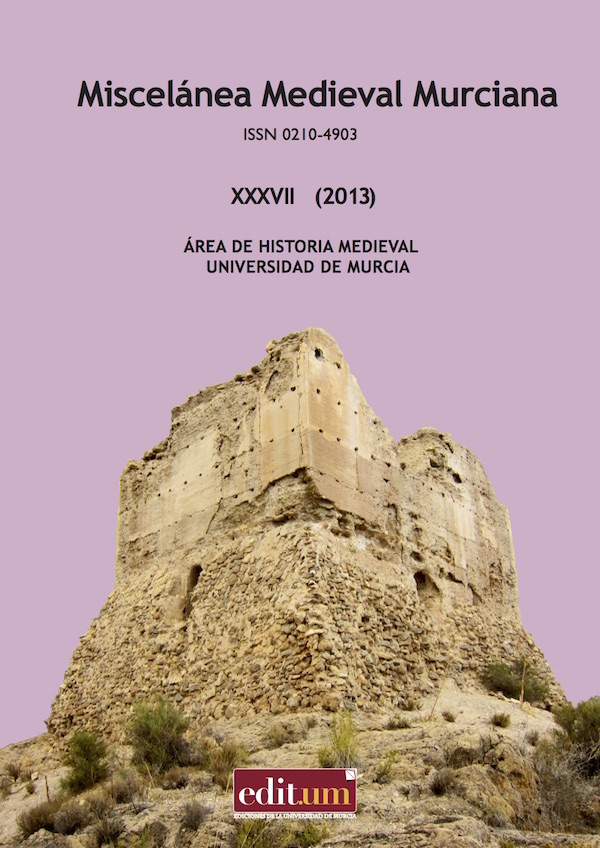Escuchar las ciudades medievales: el paisaje sonoro urbano en Castilla según las ordenanzas municipales (siglos XIV-XVI)
Abstract
In recent years the historiography has proposed a new approach for reading of the sources in the light of new topics and interdisciplinary contributions, such as the Sensory History and the Anthropology of the Senses. This is the case of the studies of the soundscapes. Each fragment of the urban fabric has characteristic sound features that speak of their spatial qualities, of their temporalities and the uses that inhabit that space. The analysis of the sounds that surround the activities of men in a particular time and space provides a renewed perspective on the behavior of their producers, as well as certain cultural aspects. For instance, it is possible to use historical records which have already been extensively studied, such as Castilian Ordinances from the late Middle Ages, and analyse them from this new perspective. The aim of this article is to perceive sound representations of late medieval Castilian towns -Ávila and Plasencia-Piedrahita- through its ordinances and delineate urban soundscapes, re-evaluating this documentary source, raising its scope and limitations, in light of new historiographical contributions (Cultural History and Sensory History) and interdisciplinary crossings, such as the Anthropology of the Senses.Downloads
Las obras que se publican en esta revista están sujetas a los siguientes términos:
1. El Servicio de Publicaciones de la Universidad de Murcia (la editorial) conserva los derechos patrimoniales (copyright) de las obras publicadas, y favorece y permite la reutilización de las mismas bajo la licencia de uso indicada en el punto 2.
2. Las obras se publican en la edición electrónica de la revista bajo una licencia Creative Commons Reconocimiento-NoComercial-SinObraDerivada 3.0 España (texto legal). Se pueden copiar, usar, difundir, transmitir y exponer públicamente, siempre que: i) se cite la autoría y la fuente original de su publicación (revista, editorial y URL de la obra); ii) no se usen para fines comerciales; iii) se mencione la existencia y especificaciones de esta licencia de uso.
3. Condiciones de auto-archivo. Se permite y se anima a los autores a difundir electrónicamente las versiones pre-print (versión antes de ser evaluada) y/o post-print (versión evaluada y aceptada para su publicación) de sus obras antes de su publicación, ya que favorece su circulación y difusión más temprana y con ello un posible aumento en su citación y alcance entre la comunidad académica. Color RoMEO: verde.





